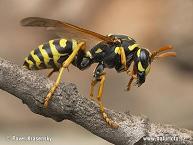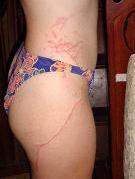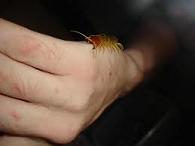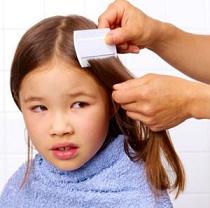How to Treat a Wasp or Hornet Sting
posted by: Gretchen
 A hornet or a wasp sting can really make you say “Ouch!” It can really hurt anyone. For some sensitive people, they even suffer from more serious problems. Immediate treatment of the sting is necessary to ease pain. The good news is treating a hornet or was sting is pretty easy to do.
A hornet or a wasp sting can really make you say “Ouch!” It can really hurt anyone. For some sensitive people, they even suffer from more serious problems. Immediate treatment of the sting is necessary to ease pain. The good news is treating a hornet or was sting is pretty easy to do.
How to treat a wasp or hornet sting
- Right after the wasp stings, check the site for the stinger to avoid the wound from being inflamed. Remove the wasp or hornet using a dull knife by scraping in the opposite direction.
- Clean the wound using alcohol or peroxide.
- Put ice wrapped with a washcloth to the wound to avoid swelling.
- For a hornet sting, check it after 15 minutes to be sure it isn’t swelling abnormally. Then dry the site of sting and apply a topical antihistamine to lessen the pain.
- If there’s a need to reapply antihistamine, do it.
- Take ibuprofen to lessen the effect of the venom on your body.
- For a wasp sting, you can try applying a mixture of baking soda and water or meat tenderizer to the affected area.
- If there are signs of threat like respiratory problems, appearance of rashes, or you feel nauseated you may have an allergy so consult your doctor immediately. These are very rare though. For people who have systemic allergy for insect stings, refer to your doctor.
- Once the bee sting starts to heal, you will feel itch. Apply calamine lotion or Benadryl for relief.
How to treat a yellow jacket sting
- For yellow jacket stings treatment remove the stinger using your hand or with tweezers immediately.
- Then clean the area with alcohol or peroxide. To avoid swelling apply ice as mentioned above.
To avoid stings from wasps, hornets, lantern fly and yellow jackets get rid of their nests or simply stay away from them. Just in case you will get stung again you know how to treat and cure wasp, hornet, and yellow jacket stings already.
You might also like
|
|
|
|
|




